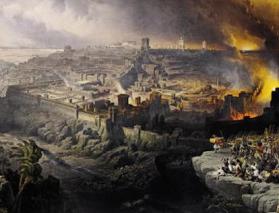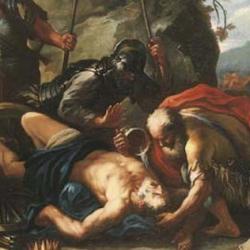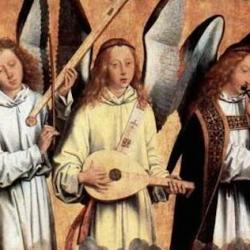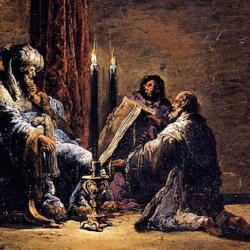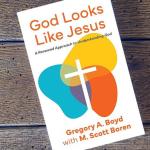1 Chronicles 2 begins with a list of the sons of Israel, organized not in birth order but by mother. It is chiastically arranged to place Rachel’s sons at the center:
A. 6 sons of Leah
B. 1 son of Bihah, Rachel’s maid (Dan)
C. 2 sons of Rachel (Joseph, Benjamin)
B’. 1 son of Bilhah, Rachel’s maid (Naphtali)
A’. 2 sons of Zilpah, Leah’s maid (Gad, Asher)
But the extended genealogy doesn’t begin with the firstborn Reuben, but with Judah, the replacement firstborn. Judah’s genealogy is filled with false starts, with stillborn lines of descendants, but then with fresh beginnings. Judah’s genealogy embodies the good news that Yahweh brings life from the dead.
It begins with Judah’s three sons by Bath-shua, Er, Onan, and Shelah. Verse 3 focuses on Er, but only to say that he was so wicked that Yahweh put him to death. None of the other sons appear to have children; we know from Genesis that God put Onan to death too, and Shelah’s line is (canonically if not really) aborted.
Judah gets a new lease on life through Tamar, his (presumably) Gentile daughter-in-law. She give him the twins, Perez and Zerah. The abortive line of Judah is renewed through Tamar, as a Gentile who plays the role of a prostitute is incorporated into Judah’s line (pointing ahead to Rahab, of course).
Zerah’s sons are listed, but then disappear (vv. 6-8), another abortive line, now at a further generation. Zerah, whose name means “rising” and puns on the word for “seed,” is not fruitful. The list of his descendants ends with Achan/Achar, “the troubler of Israel, who violated the ban” (v. 7) and was stoned. Another false start; another blind alley for Judah.
But Perez, the one who breaks-through, has many descendants. He has two sons, Hezron and Hamul, and the genealogy focuses especially on the former, whose three sons are Jerameel, Ram, and Chelubai (v. 9). The extended genealogy moves from the descendants of Ram to “Caleb” (presumably the Chelubai of v. 9) to Jerahmeel and then back:
A. Ram’s descendants to 10 generations, vv. 10-17
B. Caleb’s children, vv. 18-20
C. Herzon’s second family, vv. 21-24
D. Jerahmeel, vv. 25-33
C’. Jerahmeel’s line continues through Egyptian slave, vv. 34-41
B’. Caleb’s descendants, vv. 42-55
A’. David (descendant of Ham), 3:1ff.
The C/C’ sections both describe second families. Hezron has three sons, and then appears later in the list of his own descendants, as if he were part of the following generation, with a list of sons born to a second wife that he married in old age (v. 21). Jerahmeel’s line through Onam stalls three times over. One lines goes from Onam through Shammai, Nadab to Seleb, who “died without sons” (v. 30). Another line from Onam goes through Jada to Jether, who “died without sons” (v. 32). Sheshan (v. 34) also has no sons; but his line is started again through his daughter, whom he gives to an Egyptian slave, Jarha (v. 34). It’s another sign of the death and resurrection of Judah, and the renewal is again linked with the incorporation of Gentiles.
Judah is the royal tribe, and it takes the throne after a history of near-death experiences. From the beginning, the line of David is a line of “risen” kings.


